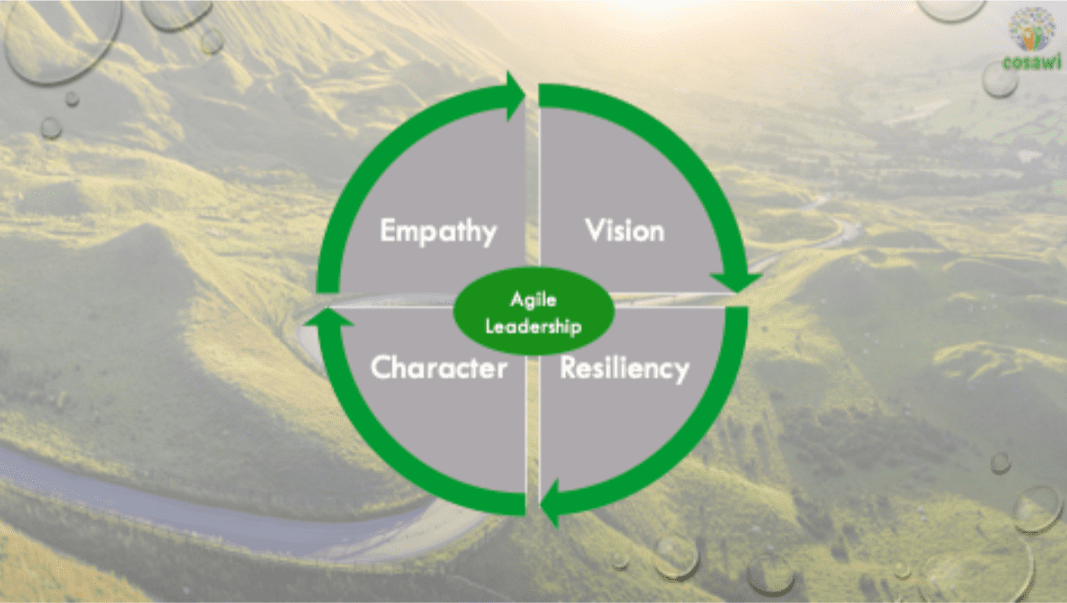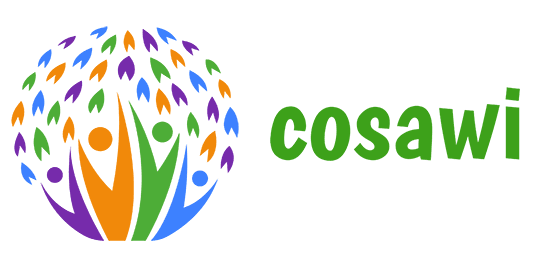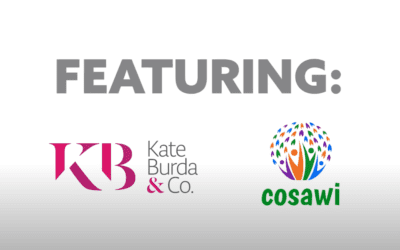One could argue that in today's environment that COEs (Center of Excellence) is overused. Whether you call it COE or “SAM program office”,the message is the same: These enabling units are critical to your SAM roadmap's success. As we work with organizations on their...

Transformation through Agile Leadership
Transformation through Leadership
Dominique Côté
Helping leaders with crossroads decisions through executive and team coaching. Partnering with organizations to accelerate business transformations and customer-centricity through SAM roadmaps.
The business world is currently a fascinating incubator of innovation where being agile, adapting and pivoting is vital to take the uncomfortable but exciting place of reinventing ourselves.
Business transformations are not just projects; they are organic to any growth and survival in most industries.Would the most efficient way of changing and transforming your organisation be to use the voice of your customer? Our practitioner background and consultancy experience have taught us that, yes. With the VUCA world we live in, where the disruption is accelerated by the venue of the COVID 19, listening to your customers is critical to any organisation’s success.
Having clarity and leveraging the voice of your customers is the most efficient way to transform your organisation. When we partner with you, the voice of your customers is our starting point. Our client’s work and research at Rave learn and Cosawi have taught us that customers want to keep in touch, are open to connecting, ready to partner and look for solutions if you provide added value aligned with their needs. This is true, especially in the current disruption.
In disruptive time, we need to go back to the drawing board and validate our thinking, plans and objectives to avoid any assumptions. It is time to reimagine and not take anything for granted. We need to be agile to transform our companies, which starts with agile leadership. We have never required more agile leaders than we do now. But where do you start?
It is time to become more human than ever: How we express leadership, listen to our employees & customers, and how we do business need to be anchored in humanity & care.
Agile Leadership

The above chart shows the characteristics of agile leadership. Good agile leaders are the ones that will combine clear vision, resiliency, character & empathy.
1: VISION: Having the ability to see a future that others do not see. Creating and communicating a clear vision, vission and, more importantly, a purpose. Having an optimistic view or a non-naïve positive outlook. Leaders need to be able to see the solution and the path to success ahead.
2: RESILIENCY: More and more, we hear about resiliency—the ability to bounce back and learn in light of adversity. In our current reality, this leadership skill is not only critical but necessary to survive.
3: CHARACTER: Having character is the ability to do the right thing. To take a stand for ethics and values and think for the good of something bigger. It is about taking risks and staying on course, having the courage to continue the path, being willing to be accountable for mistakes, learning from them, and continuing ahead.
4: EMPATHY: Empathy is a crucial skill and ability to put yourself in the shoes of your employee, colleagues & customers. Deeply & intentionally listening without judgement but listening to the other’s perspective & impact. It is in a leader the ability to care for the team member that is now doing the job. Empathy can be used to listen as well as communicate and embeds caring in both.
With these skills, agile leaders can help their team thrive and stay focus on what is essential while continuously monitoring the changing environment to transform their organization.
Download the Article HERE
They can help their teams get more comfortable (for lack of a better word) in these uncertain times to go back to their accounts/customers and listen louder, reinvent and rethink the collaboration they can have. They can then create business continuity in a time of disruption and listen to the customer’s voice to continue the transformation. Your customers will remember who tried to help them in this time of turmoil versus who tried to sell to them. Leaders are needed to drive agility and speed on the above. The great leaders will be able to seize the opportunity and create a path forward, going back to the drawing board, the basics and rolling up their sleeves to do it in close collaboration with their teams. In our practice, we see too many leaders hoping to come back to what they knew and execute their original plans. We help them get comfortable in this agility by having a structured approach to agile leadership, helping them drive new business continuity.
This approach starts with listening closely to their key customers’ voice and using it as a lever for change, impact, and differentiation. Then it encompasses aligning to the customer objectives, the ones that are a sweet spot. If your customer succeeds, you will succeed as well, and you will have transformed your organization to become more agile and in line with the needs of your most important customers. If someone you know is struggling with incorporating their customer voice into their journey, give us a call. This is our passion, and we love to do it in a pragmatic manner. Stay tuned as we continue to share some further perspective on how to use your customer’s voice. Owning boutique consultancy firms allow us to work together to provide added and customised value. Cosawi Inc/ Sprl and Rave Learn Inc. bring the Voice of the Customer inside the client’s organisation to help transform your business models.
About the Author
Dominique Côté brings 30 years of experience leading commercial teams in global pharmaceutical and biotech organizations. Her consultancy work is focused on Commercial Excellence, Executive coaching & leadership, KAM/SAM roadmaps & journeys, as well as Account based Marketing.
She is an accomplished international business leader, recognized as a chief architect of global account program journeys, leading corporate changes and cultural shifts for customer-centric innovation and patient value.
Dominique is a panelist and keynote speaker in Europe and the U.S. in the areas of commercial Excellence and Customer centricity. She writes and is published in journals like Journal of Sales Transformation, Velocity, and others on these topics.
Recent Posts
Center of Excellence
ABM Webinar: Part 1
Download the Article HERE Watch the LinkedIn Live Event HereRecent Posts
ABM Webinar: Part 2
Download the Article HERE Watch the LinkedIn Live Event HereRecent Posts











